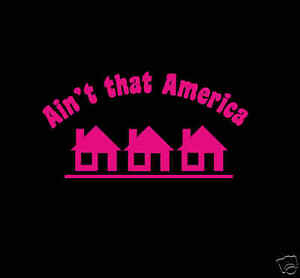A 70-year history of single family home prices in the US, macro and micro editions

Here’s some interesting data on changes in existing single family home prices since the early 1950s (Note that these data are medians not means, and they are for existing single family homes, i.e., they exclude sales of new single family homes, and of all attached homes — condos, townhomes, etc.)
Some general points:
(1) Despite widespread perceptions to the contrary, the price of single family housing declined pretty drastically relative to incomes in the 60 years between the early 1950s and the early years of the previous decade (The teens? What do we call that decade anyway?).
For example, in 1953 the price of an existing single family house was about 177K, while in 2012 it was only about 10% higher (Obviously this is all inflation-adjusted, which does involve some tricky methodological issues). During that same period median family income doubled, meaning that at the median existing single family home was roughly half as expensive as it had been 60 years earlier.
This is particularly striking given that the median existing single family home was of course much larger ten years ago than it had been 60 years before then: indeed the typical house more than doubled in size during this time (On the other hand I don’t have the numbers handy but I bet the median existing single family home lot has gotten a good deal smaller over the past several decades, as America has gotten much less rural and more suburban).
(2) Single family homes have seen a major run-up in price in the last few years, increasing by more than 50% in real terms since 2012. The only similar run-up in post-WWII US history was between the late 90s and the mid-aughts, and we all remember how that ended (Actually at the moment nobody seems to be remembering that).
(3) Of course these are all national averages, which disguise massive regional and local variations. Here’s a striking example of that point: When I moved to Boulder, Colorado, in 1990 the median price of a single family home in the city at the time was about $120,000, ($245,000 in 2021$) which was about 20% higher than the national average.
Last month the median sale price for a single family home in Boulder was $1.3 million. This striking increase has been driven by among other things hyper-restrictive land use policies/urban planning, which make it almost impossible to increase the available housing stock in or even near the city.
We do have a rapidly increasing number of Black Lives Matter signs however.
Another detail of the local housing market that I find particularly piquant is that after you spend $1.1 million to buy a 1,200 square-foot bungalow that last sold previously in 1990 for $87,000, scrape it, and then spend an additional $1.5 million to build an eco-conscious green-friendly new 4,200 square-foot house on the lot, you are pretty much required by local ordinance to put a little statute of the Buddha on the front porch, to remind everyone that suffering is caused by desire.
